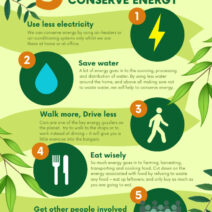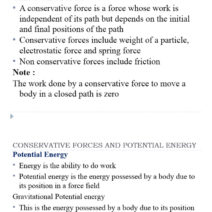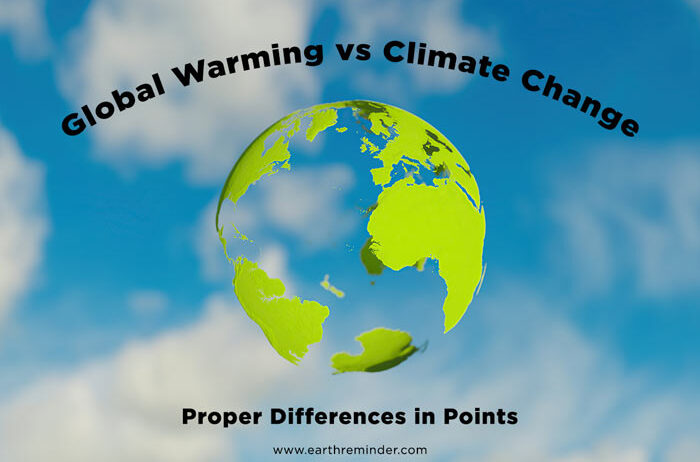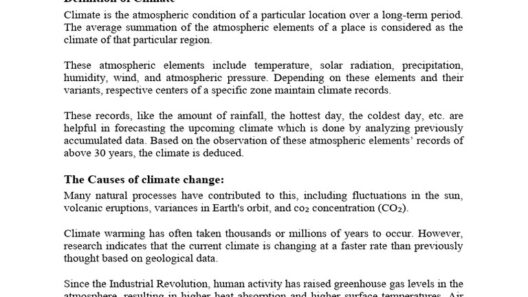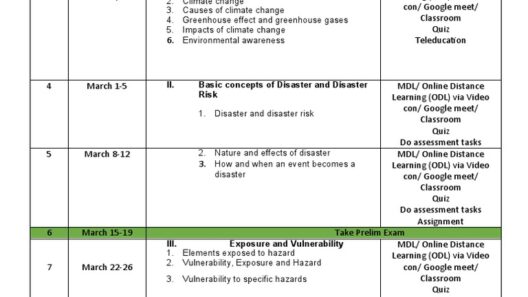In the discourse surrounding environmental degradation, the terminologies “global warming” and “climate change” often emerge as focal points. Despite their frequent interchangeability in everyday conversation, a significant divergence exists between these two concepts. Understanding this distinction is not merely a scholarly exercise; it is imperative for fostering informed dialogue around one of the most pressing challenges of our era.
To commence, it is essential to define global warming. Global warming refers specifically to the increase in Earth’s average surface temperature due to heightened concentrations of greenhouse gases (GHGs) in the atmosphere. These gases, including carbon dioxide (CO2), methane (CH4), and nitrous oxide (N2O), trap heat, creating a thermal blanket that warms the planet. The predominant driver of this phenomenon has been anthropogenic activities, particularly the burning of fossil fuels and industrial processes that release GHGs into the atmosphere. This rise in temperature is quantifiable, with the Intergovernmental Panel on Climate Change (IPCC) reporting a rise of approximately 1.2 degrees Celsius since the late 19th century.
Conversely, climate change encompasses a broader spectrum of alterations to environmental systems. It includes not only global warming but also the myriad changes in climate phenomena across the globe, such as shifts in precipitation patterns, increased frequency and intensity of extreme weather events, and alterations in oceanic currents. These changes occur due to a variety of factors—both natural and anthropogenic. While human activity has expedited these processes, natural phenomena such as volcanic eruptions and solar cycles also play a role in shaping our climate.
In examining the crux of these definitions, it becomes apparent that global warming is essentially a subset of climate change. The former is focused specifically on temperature increases; the latter captures the entire range of climatic upheavals resulting from this warming. This differentiation is crucial for grasping the complexities of environmental science. For instance, while global warming can be measured with relative precision, the ramifications of climate change are often more insidious. Ecosystems are disrupted, leading to loss of biodiversity, altered migration patterns of wildlife, and challenges to food security.
Furthermore, the impact of climate change extends beyond temperature and weather anomalies. Consider the phenomenon of ocean acidification. As CO2 emissions continue to rise, approximately a quarter of this gas is absorbed by oceans, leading to a decrease in pH levels. Such changes threaten marine life, particularly organisms like corals and shellfish that rely on calcium carbonate to form their shells and skeletons. This is a stark illustration of how global warming triggers a cascade of climatic changes with dire implications for marine biodiversity and human economies reliant on these ecosystems.
Another dimension to consider is the socio-economic implications of these environmental changes. Vulnerable populations, particularly those in developing nations, bear the brunt of climate change consequences. Extreme weather events, such as hurricanes and droughts, disproportionately affect those with fewer resources. This exacerbates global inequities, forcing migration and straining infrastructure in urban areas as displaced individuals seek shelter and sustenance. Consequently, the interrelationship between climate change and societal resilience is a critical discourse within the broader narrative of environmental activism.
The terminology used in climate discourse can also evoke varied emotional responses, which can either galvanize action or foster apathy. “Global warming” can seem abstract and distant, while “climate change” carries implications of immediacy and devastation. Employing precise language is an essential strategy for environmental communicators. By delineating the specificities between global warming and climate change, advocates can encourage a more nuanced understanding of the issue and its multifaceted impacts.
Moreover, there is a palpable urgency for action. Addressing global warming signifies mitigating GHG emissions and transitioning towards renewable energy sources. In contrast, combating climate change involves a comprehensive approach that includes adaptation strategies, disaster resilience, and policy reform. It necessitates a holistic view, wherein the socio-political dimensions are recognized and addressed alongside technological advancements.
A promising avenue for action lies in the commitment to international agreements, such as the Paris Agreement. This accord aims to limit global temperature rise to below 2 degrees Celsius while striving for 1.5 degrees. While the target is rooted in the discourse of global warming, the measures required to achieve these goals inherently address the broader implications of climate change. Thus, engaging with both concepts provides a more robust framework for policy and grassroots activism.
Ultimately, the distinction between climate change and global warming is not merely academic; it demands our attention and action. A failure to recognize these differences can lead to disengagement, misunderstanding, and ineffective responses to one of the most critical challenges of our time. As awareness grows, so too does the call for comprehensive and informed action. Equipping ourselves with a nuanced understanding enables not just better communication, but also stronger action plans to confront the myriad challenges posed by our changing climate.
In conclusion, while global warming zeros in on temperature increases, climate change paints a broader picture encompassing various environmental shifts and their socio-economic consequences. Recognizing this difference enriches the discourse and emphasizes the urgency for decisive action to safeguard our planet for future generations. The dialogue must continue, evolving to meet the challenges that lie ahead, for the stakes are undeniably high, and the time to act is now.
